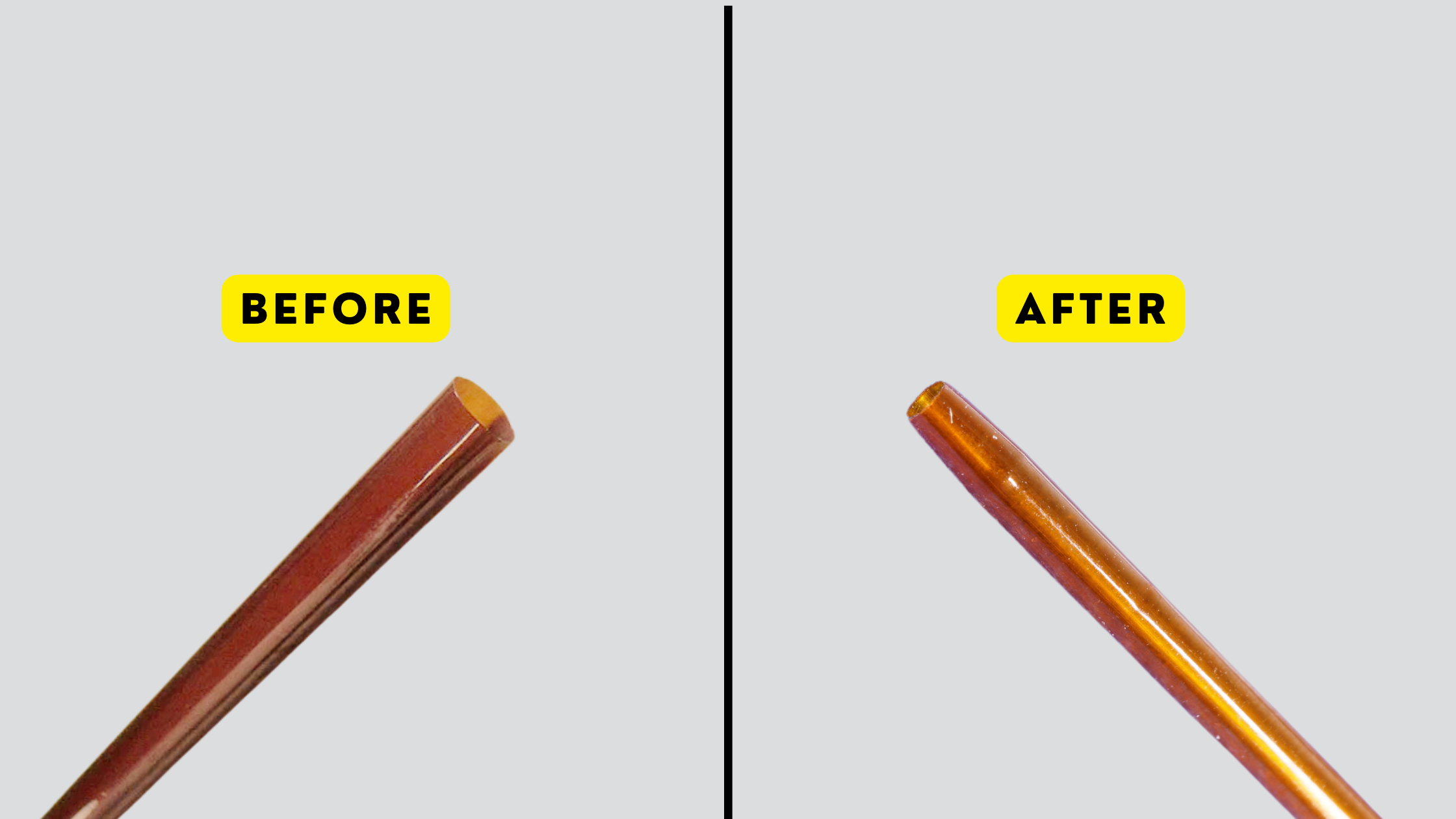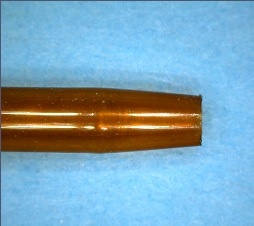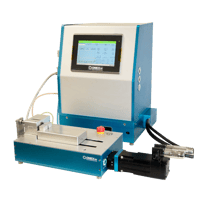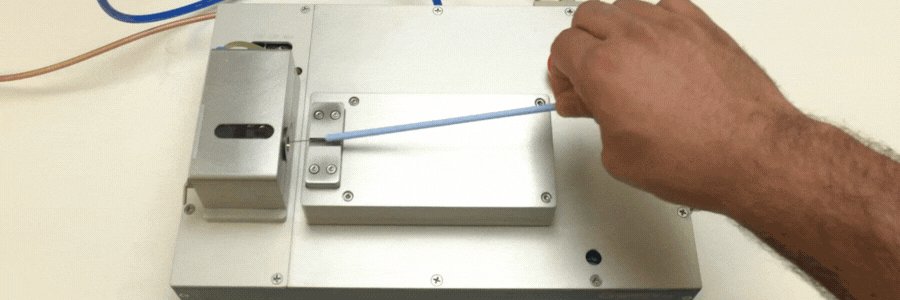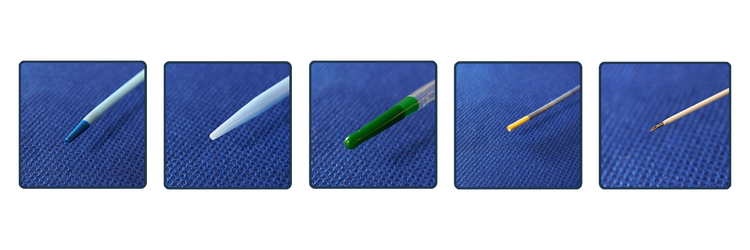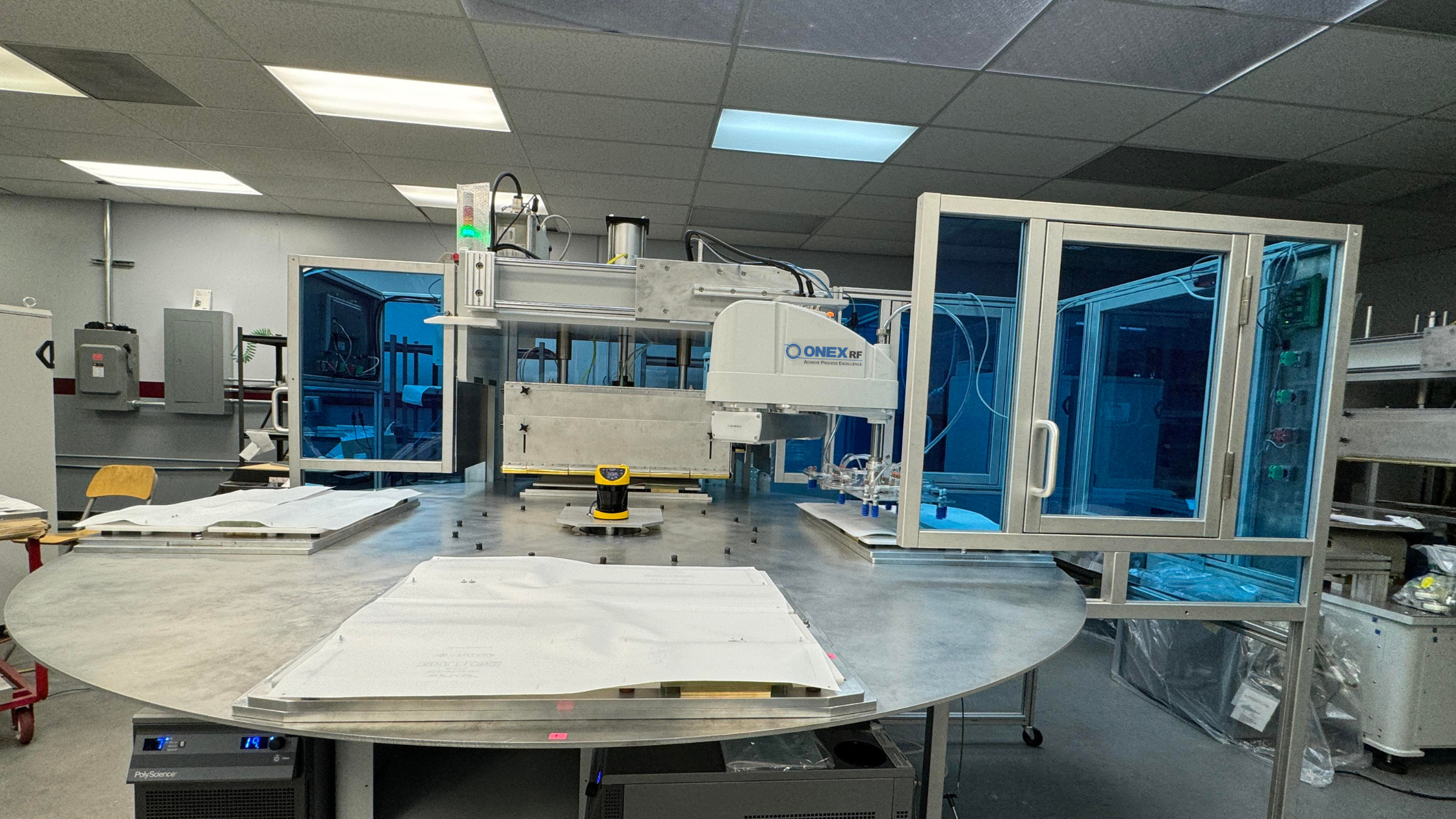Exploring the impact of advanced heat control on polyimide tip forming in the catheter manufacturing industry.
Understanding the Importance of Heat Control in Polyimide Catheter Tipping
Polyimide tip forming requires precise heat control to achieve consistent results.
Heating the die to the glass transition temperature of polyimide is crucial for shaping the tube.
Without proper heat control, the process becomes unreliable and inconsistent, causing.
Other factors include proper tube grip and controlled insertion speed to match the mold's heating with the tip's formation.
Challenges Faced by Manufacturers in Achieving Optimal Heat Control
Manufacturers often struggle to heat the die hot enough to shape the polyimide tube consistently.
Inadequate heat control can result in underheating or overheating the die, leading to poor-quality products.
Many manufacturers find it challenging to achieve the desired temperature within a specific timeframe and heat zone on the mold. Maintaining consistent heat throughout the process is crucial for producing high-quality polyimide tips.
Case Study:
Successful Implementation of Advanced Heat Control by ONEX RF
ONEX RF successfully implemented its advanced heat control solution for a customer-facing heating challenge in polyimide tip production.
By utilizing their tip-forming process, the customer consistently heated the die to the glass transition temperature of polyimide.
The ONEX RF Tipping process heated the die up to 400°C in 2 seconds, formed the tubes in 1 second, and cooled to room temperature in 7 seconds.
Induction heating with closed-loop temperature feedback allowed the die to be consistently heated and cooled, creating a repeatable process for producing polyimide tips.
The customer achieved a repeatable and reliable process for the production of polyimide tips, resulting in improved product quality and efficiency.
ONEX RF manufactures catheter tipping dies in 3 weeks, helping R&D and OEM clients needing fast turnaround of dies or sample catheters. Just provide a drawing or sample die.

Benefits of Optimizing Heat Control for Polyimide Catheter Tipping
Optimizing heat control in polyimide tip production offers several benefits:
- Consistent and precise heating of the die ensures the desired shape and quality of the polyimide tube.
- Improved process efficiency through a repeatable and reliable heating and cooling process.
- Enhanced product quality and reliability, reducing the need for rework or scrap.
- Cost savings by minimizing material waste and improving overall production efficiency.
By implementing advanced heat control solutions, manufacturers can achieve greater success in catheter production.


